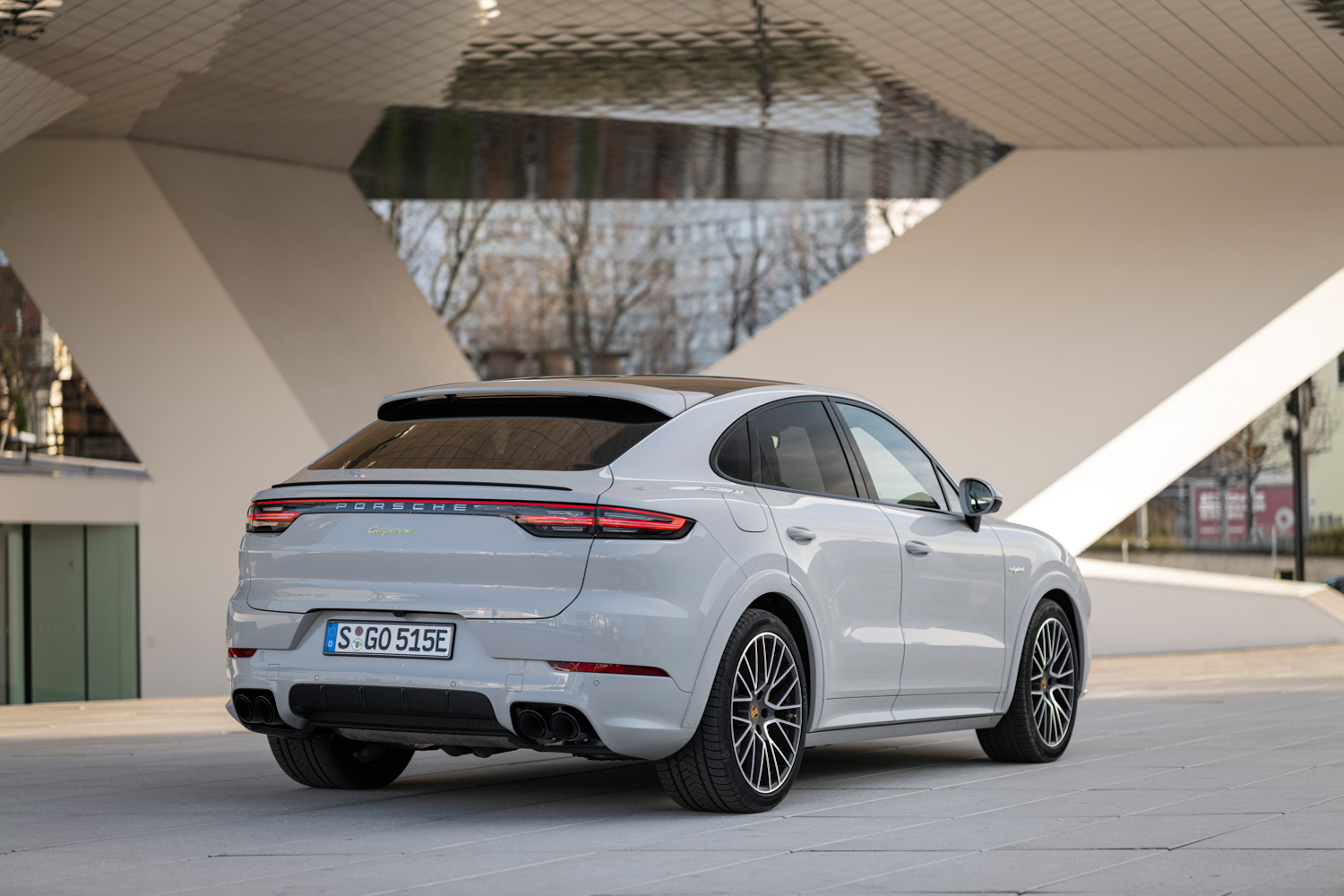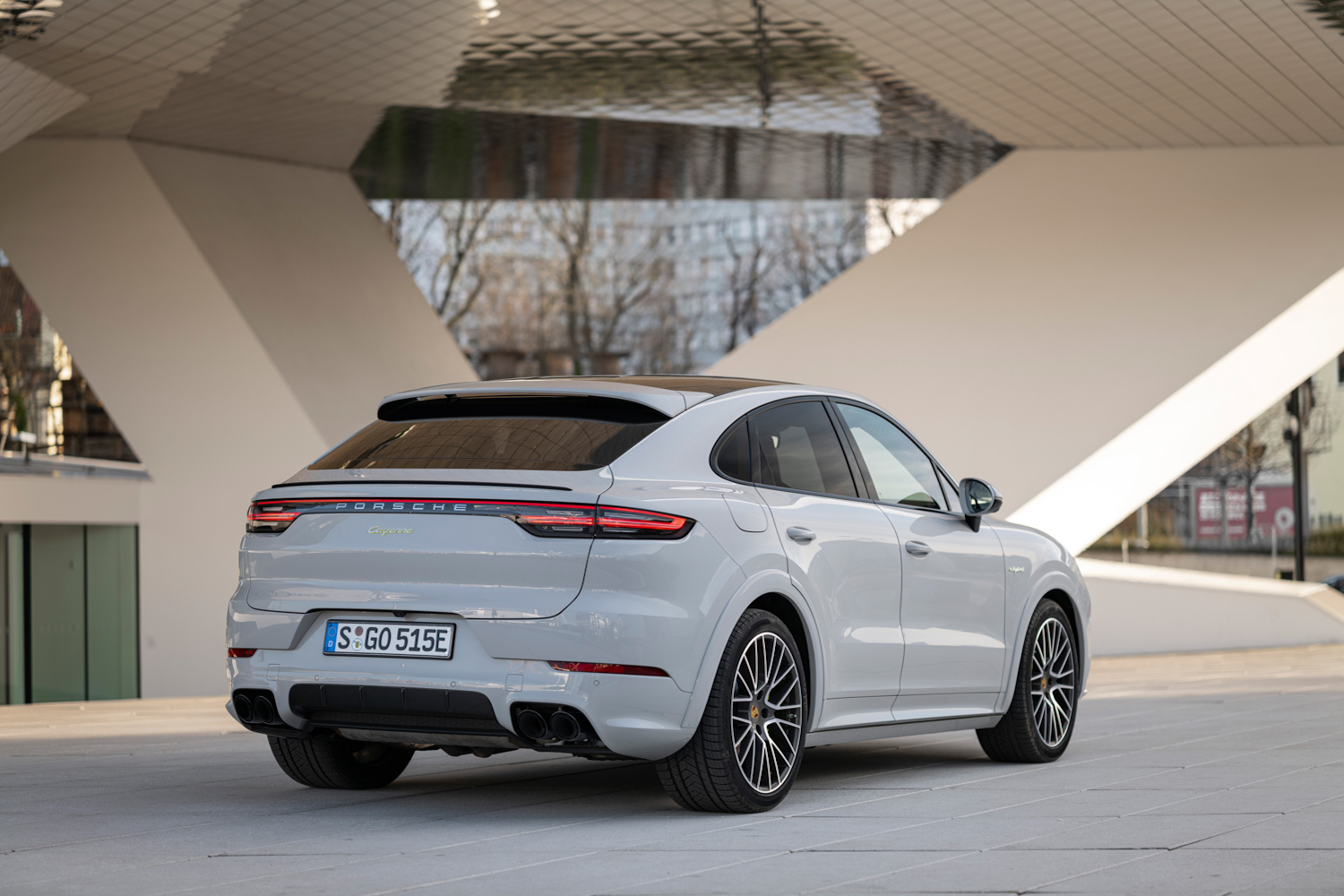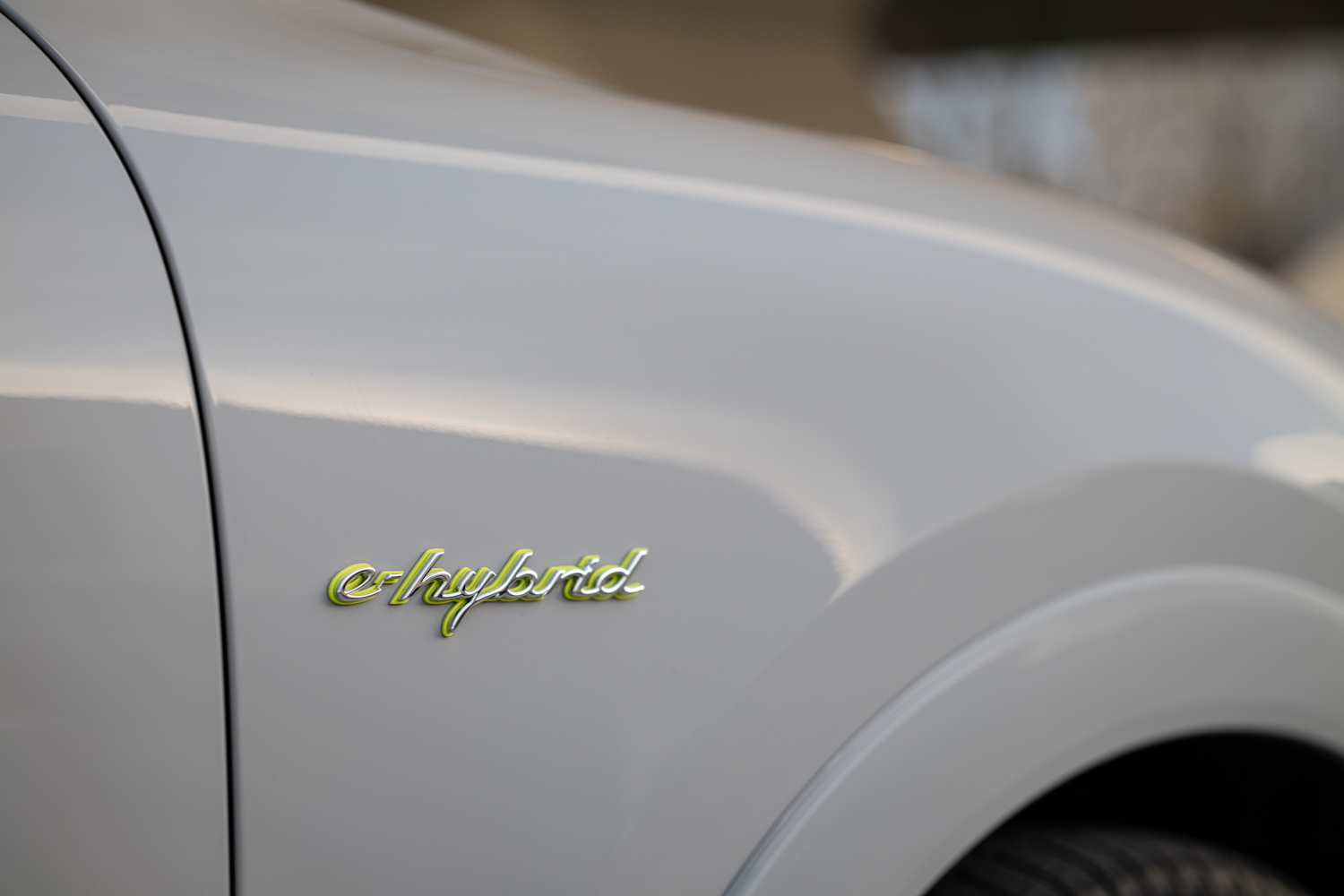Following on from a recent revamp of its Panamera sports saloon range, in which the hybrid models received greater range and technical updates, German company Porsche has now enacted much the same trick on the Cayenne SUV. Therefore, expect more electric range from the 'E-Hybrid' - badged plug-in (PHEV) models as a result.
Bigger battery, greater EV range
In simple terms, both the Cayenne E-Hybrid and the flagship Turbo S E-Hybrid (TSEH) receive 17.9kWh lithium-ion battery packs, as opposed to the 14.1kWh units they had previously. That increases the electric range by 30 per cent, the Cayenne E-Hybrid claiming a WLTP-ratified 40-43.5km EV range and the TSEH purportedly capable of between 38.6- and 40km of zero-emissions running.
As before, the PHEVs have a 100kW (136hp) and 400Nm electric motor housed in the eight-speed Tiptronic transmission to supplement their combustion engines, which - in the case of the regular Cayenne E-Hybrid - is a turbocharged 3.0-litre V6 petrol rated at 340hp. For the TSEH, there's a 4.0-litre twin-turbo V8, packing 550hp, and so the peak outputs of the two part-electric Cayenne models are 462- and 680hp respectively; these are unchanged from before and do not follow the Panamera pattern of various E-Hybrid variants gaining extra horsepower. However, expect between 3.1 litres/100km (91.1mpg) and 3.7 litres/100km (76.3mpg) from the Cayenne E-Hybrid, with CO2 emissions of between 71-85g/km, while the same numbers for the TSEH range from 3.8-4.1 litres/100km (74.3-68.9mpg) with 86-92g/km of CO2.
Optimised drive modes
Beyond the bigger Li-ion battery pack, the driving modes of the standard-fit Sport Chrono Package have been optimised on the Cayenne PHEVs, to improve efficiency and performance. E-Charge mode, for instance, sees the petrol engine charge the battery on the E-Hybrids, but the target state of the battery has been reduced from 100 to 80 per cent in such circumstances. This gives owners plenty of power and usage from the battery, without using up too much fuel from the engine to charge from 80-100 per cent, which takes longer than 0-80 per cent. Meanwhile, in Sport and Sport Plus modes, the battery is always charged to a minimum level to provide 'sufficient boost options for sporting responses'. Which we think means 'MOAR POWERRRRR' for overtaking.



